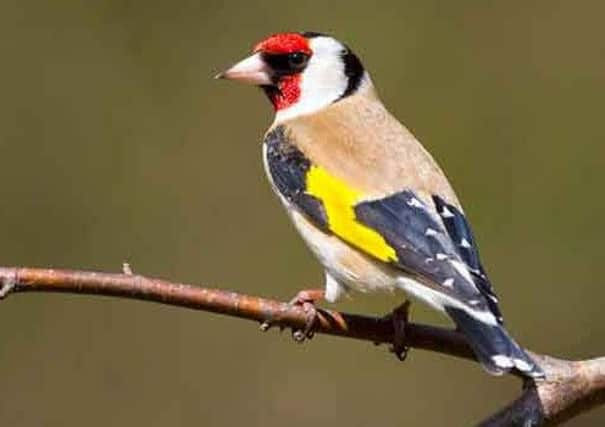Column: Signs that the garden is beginning to wake up


In spite of this onslaught, plants continue their slow but perceptible growth. The hellebores are finally open, completely recovered after the recent frosts led them to bow over and look almost done for.
Winter aconites are also coming out – cheerful yellow flowers only an inch or so above the ground.
Advertisement
Hide AdAdvertisement
Hide AdCrocuses, too, are starting to show their colours and open out for a few brief hours if the sun warms them.
I also saw my first daffodil in a sheltered spot nearby, although mine are far from that stage yet. If you look closely at the branches of many shrubs and trees you can see buds are forming; there are buds on my magnolia stellata and on the rowan tree, easy to miss but there nonetheless.
It is clear that the birds are gearing up for the breeding season already; they are singing more and I have noticed that they seem to be pairing off. Over the last week I have seen a regular pair of coal tits and blue tits in the garden and in a nearby street I saw a pair of goldfinches.
Now is the beginning of their busy time and they will need to start looking for suitable nest sites. Another bird I saw recently, on one of my regular trips to Pollok park, was a handsome male Bullfinch.
Advertisement
Hide AdAdvertisement
Hide AdNo female was visible, but the females are far less colourful, so she may have been nearby but hidden. I have seen occasional Bullfinches in the garden before, but you are more likely to see them in woodland.
Apparently, in Victorian times, they were kept as captive birds because of their beautiful plumage and call, and it was believed that they could be trained to mimic music.
Though not as rare as some birds, the Bullfinch has declined by over 30 per cent since the 1960s so it is a real treat to see one.